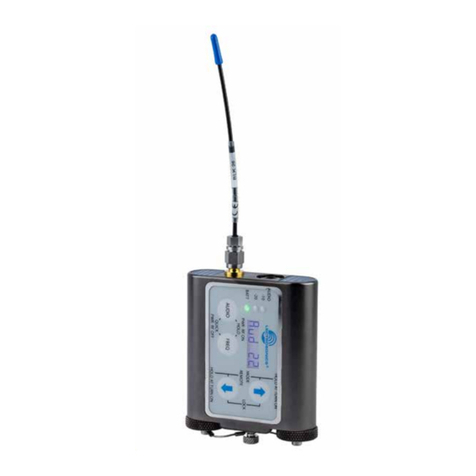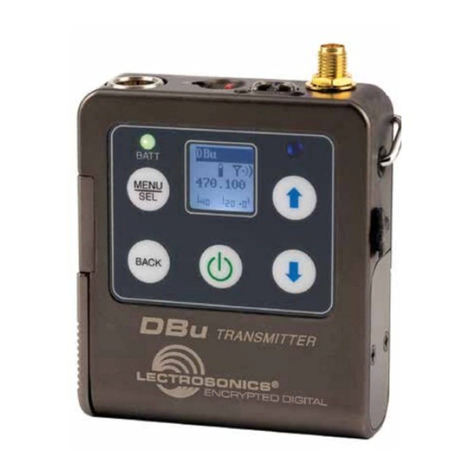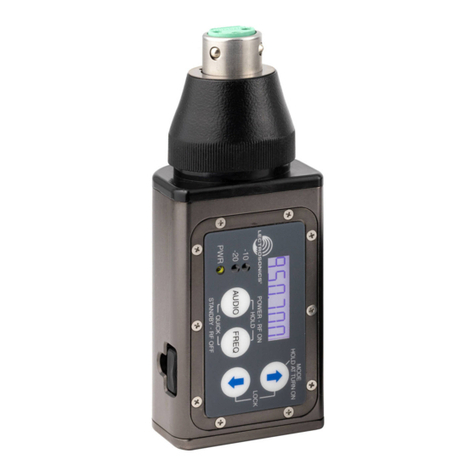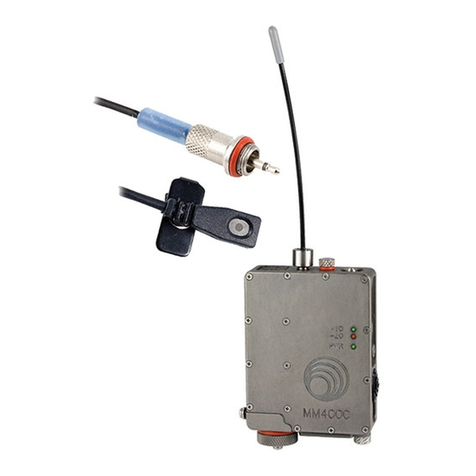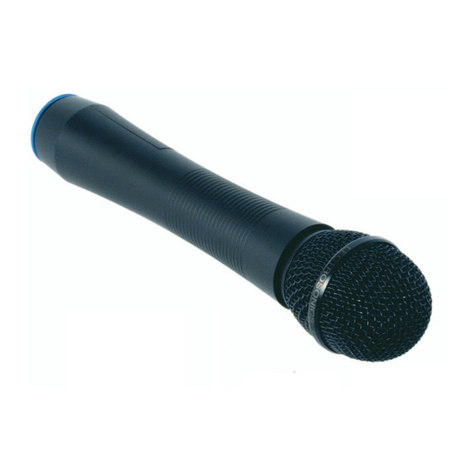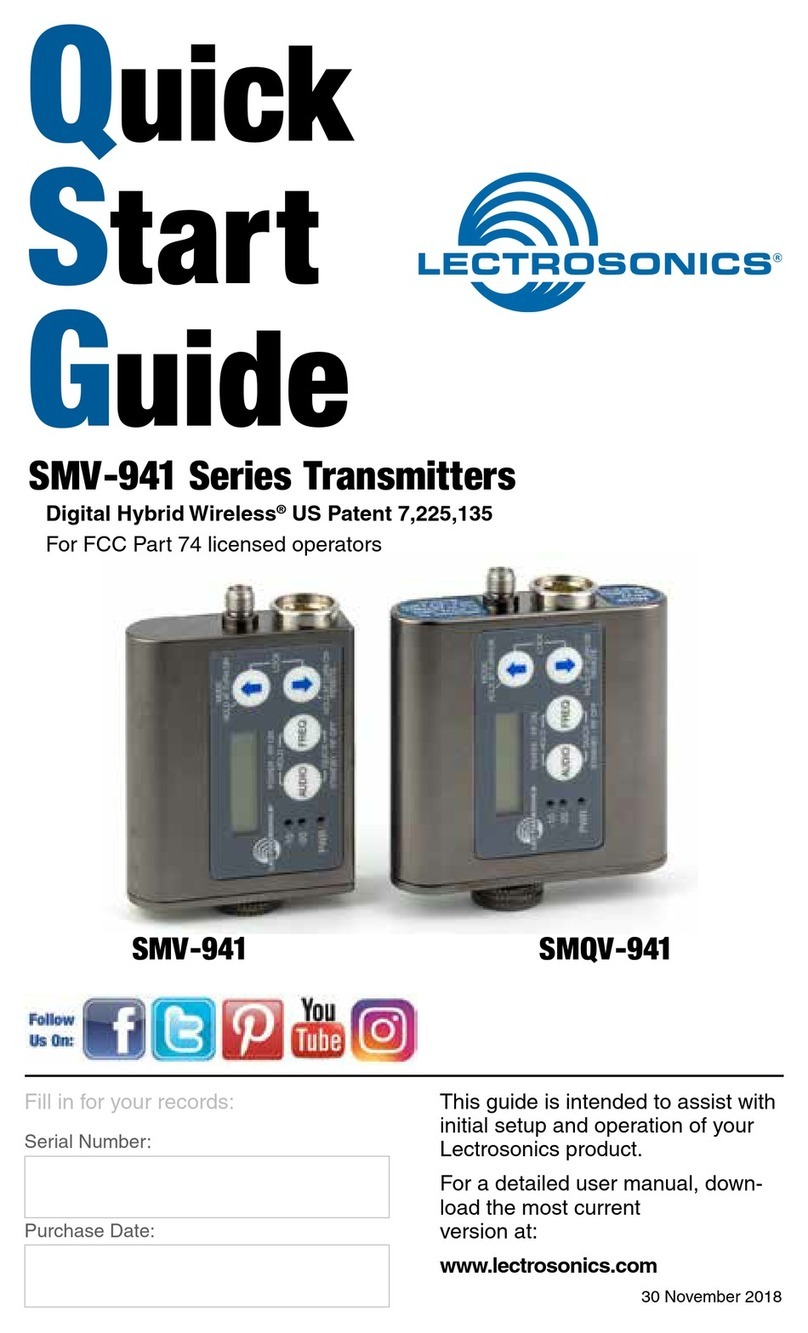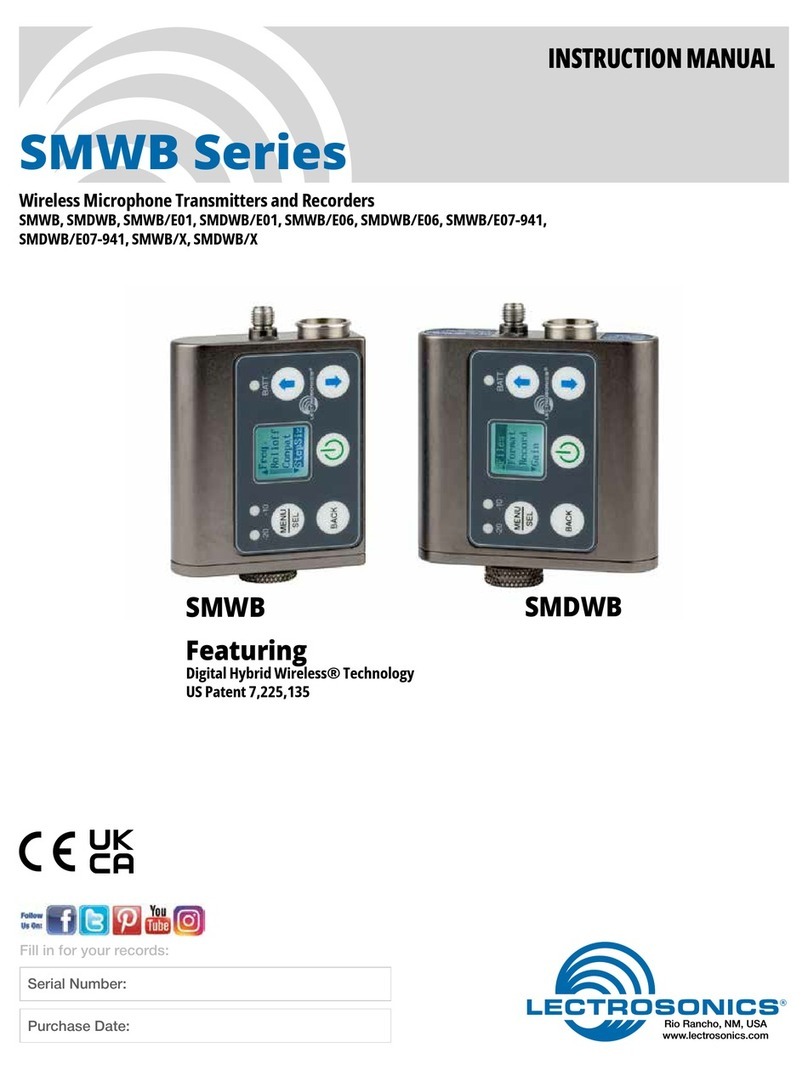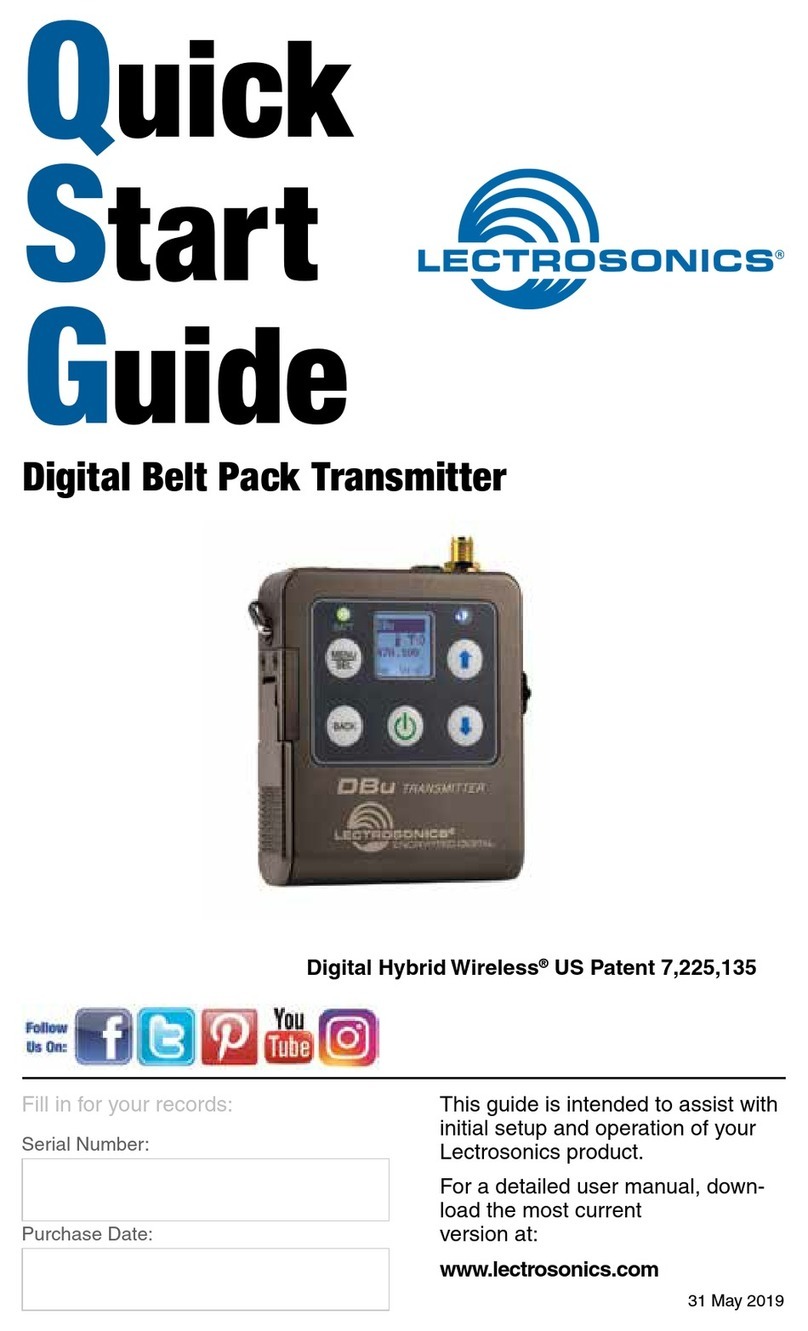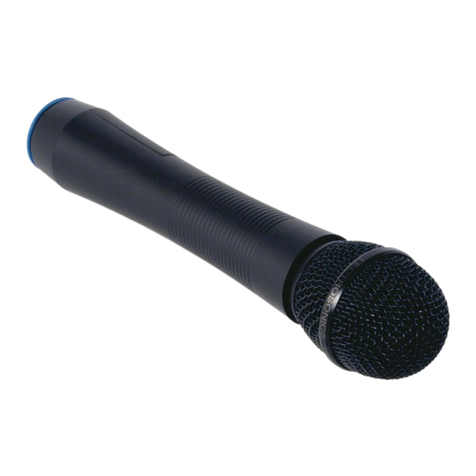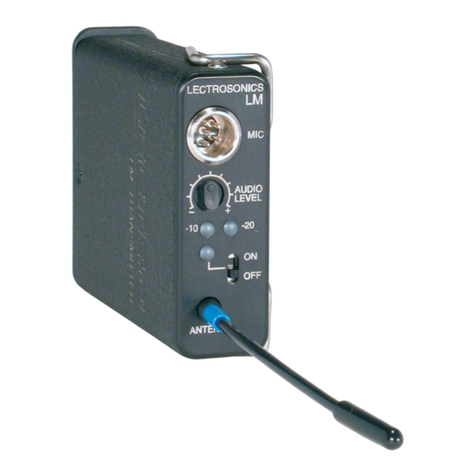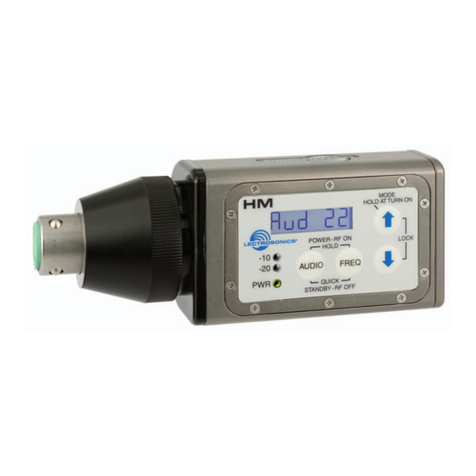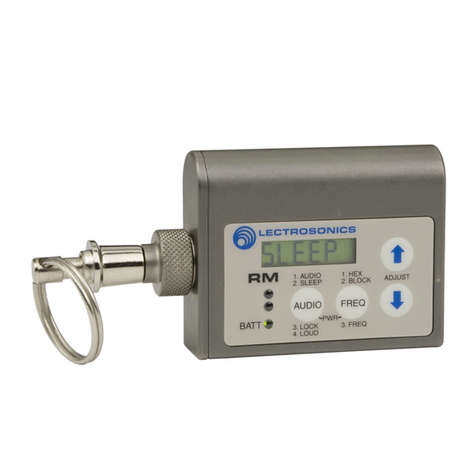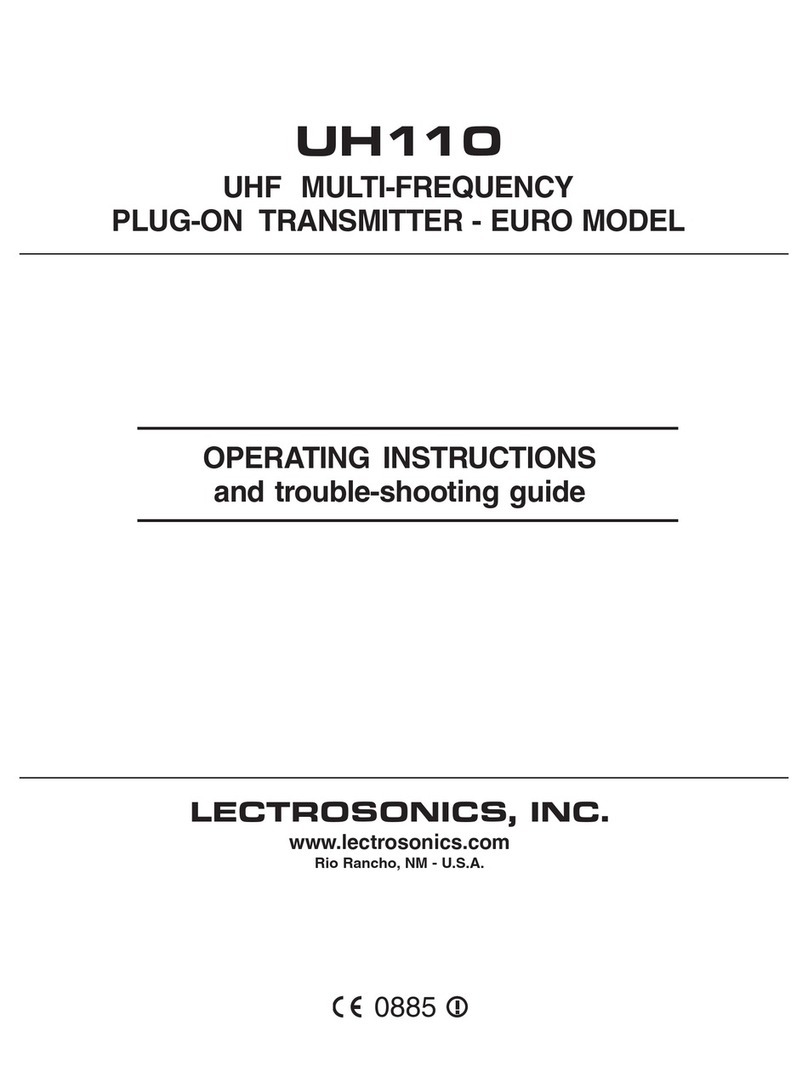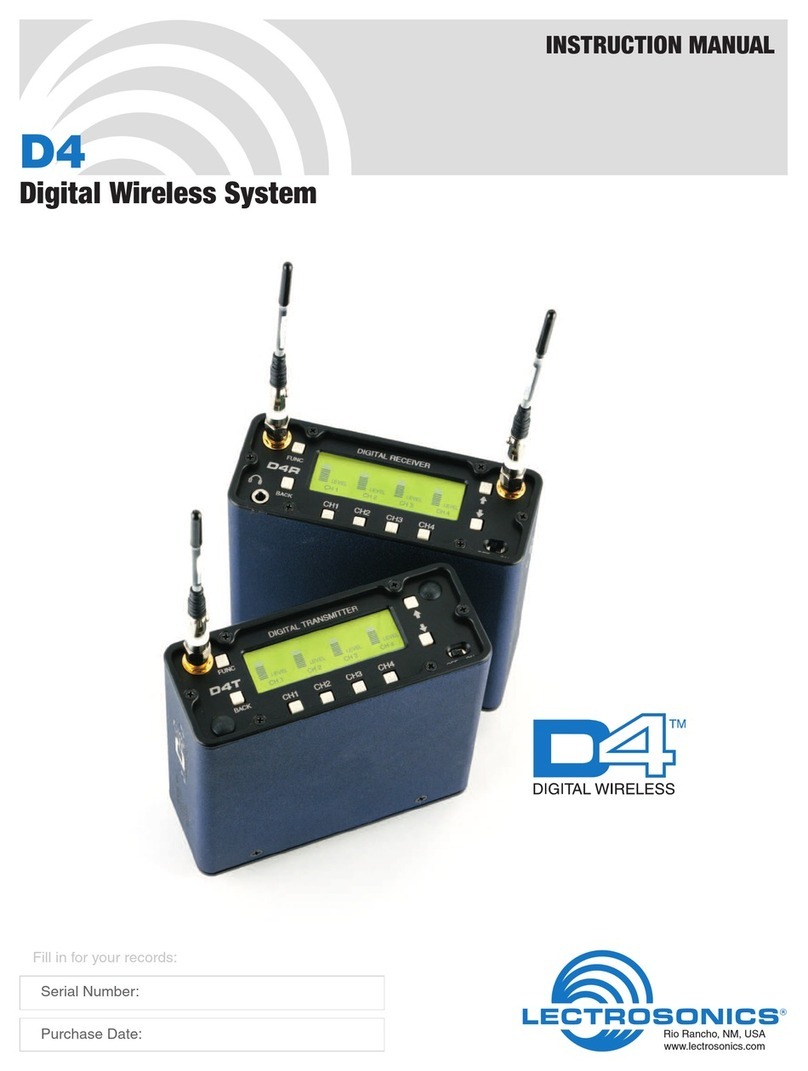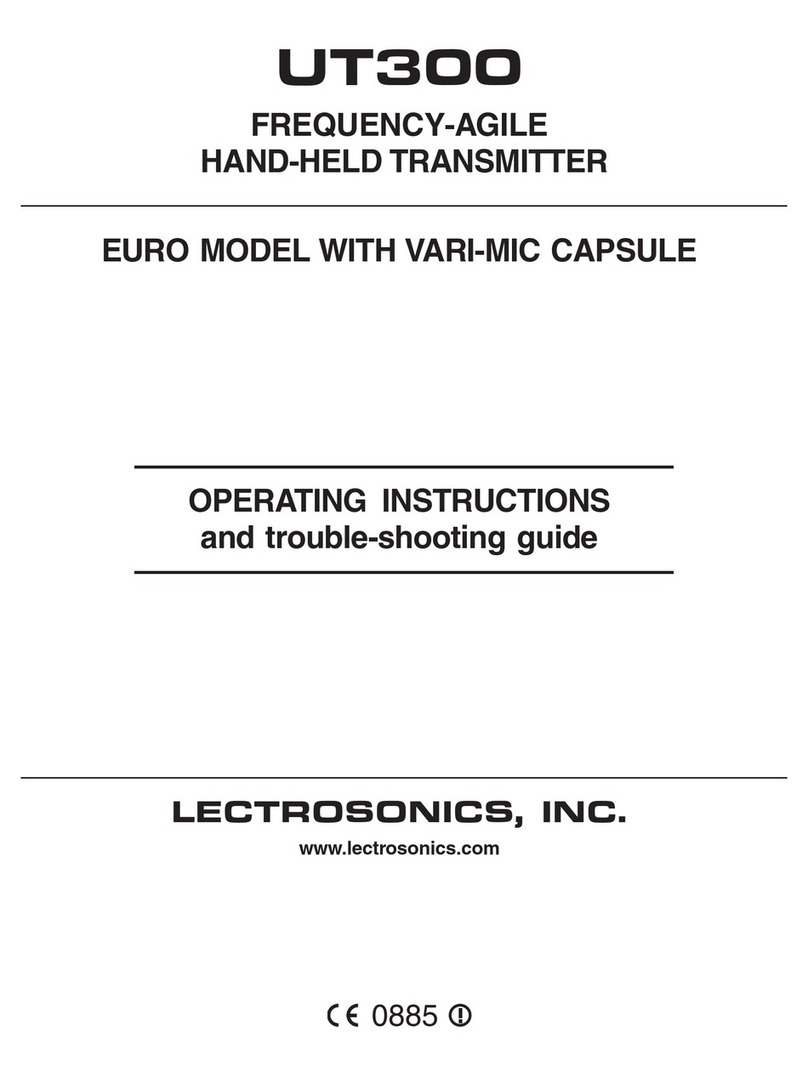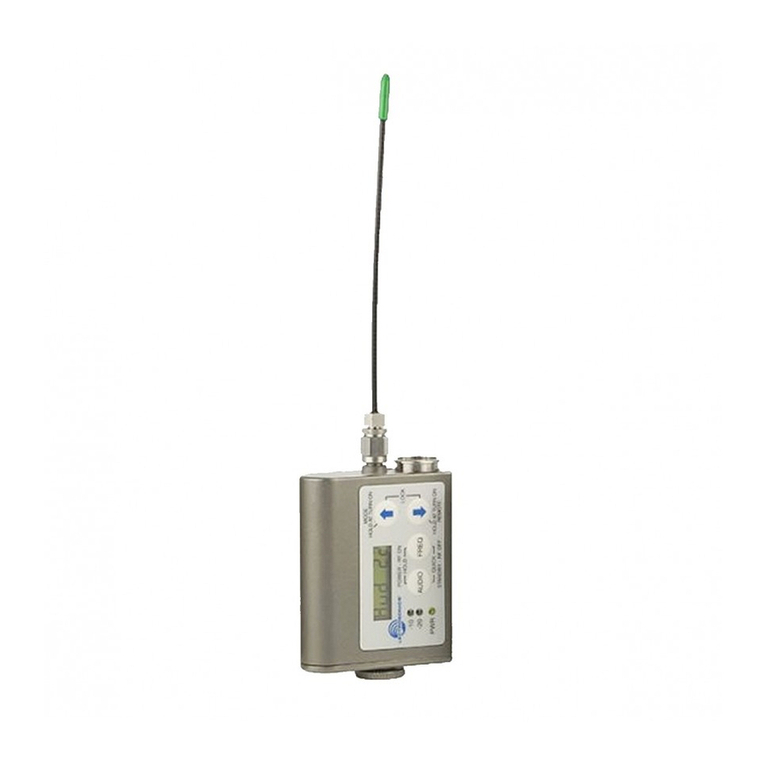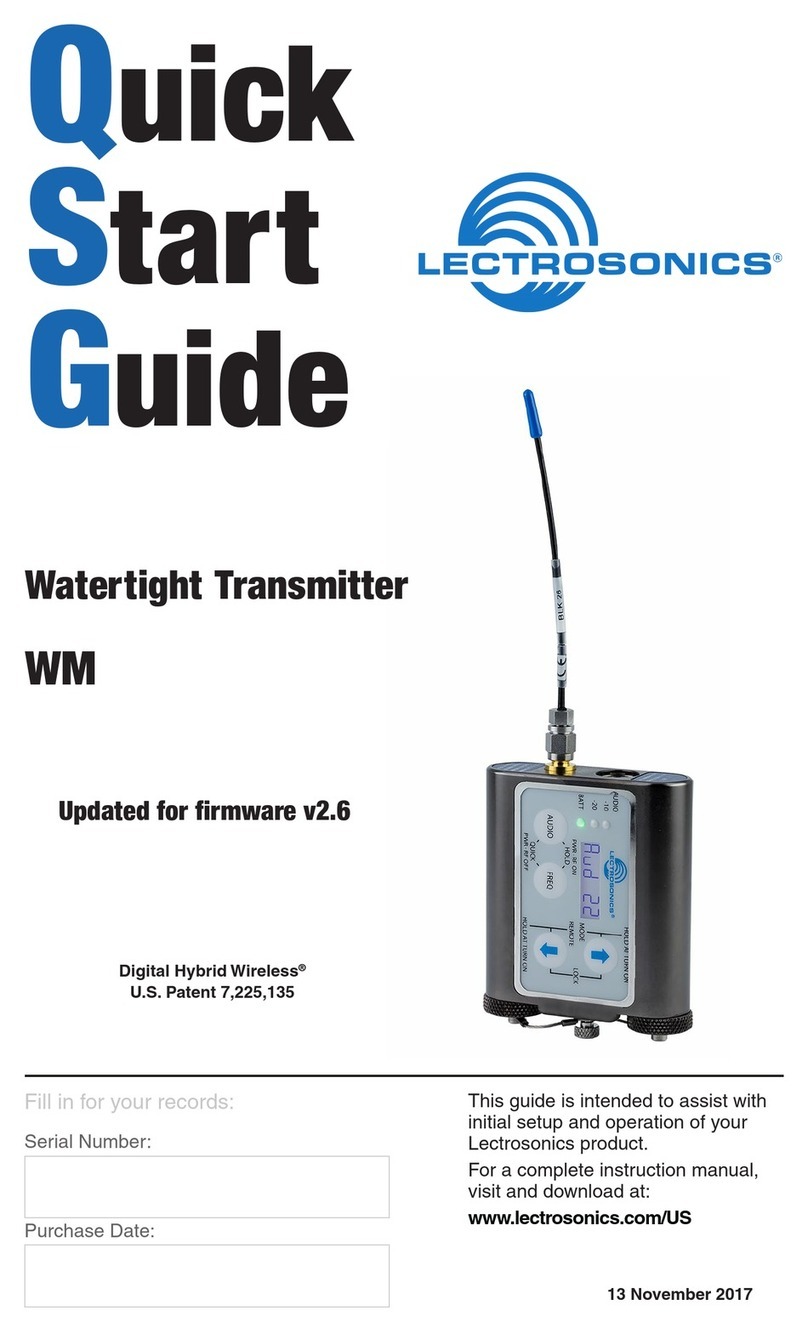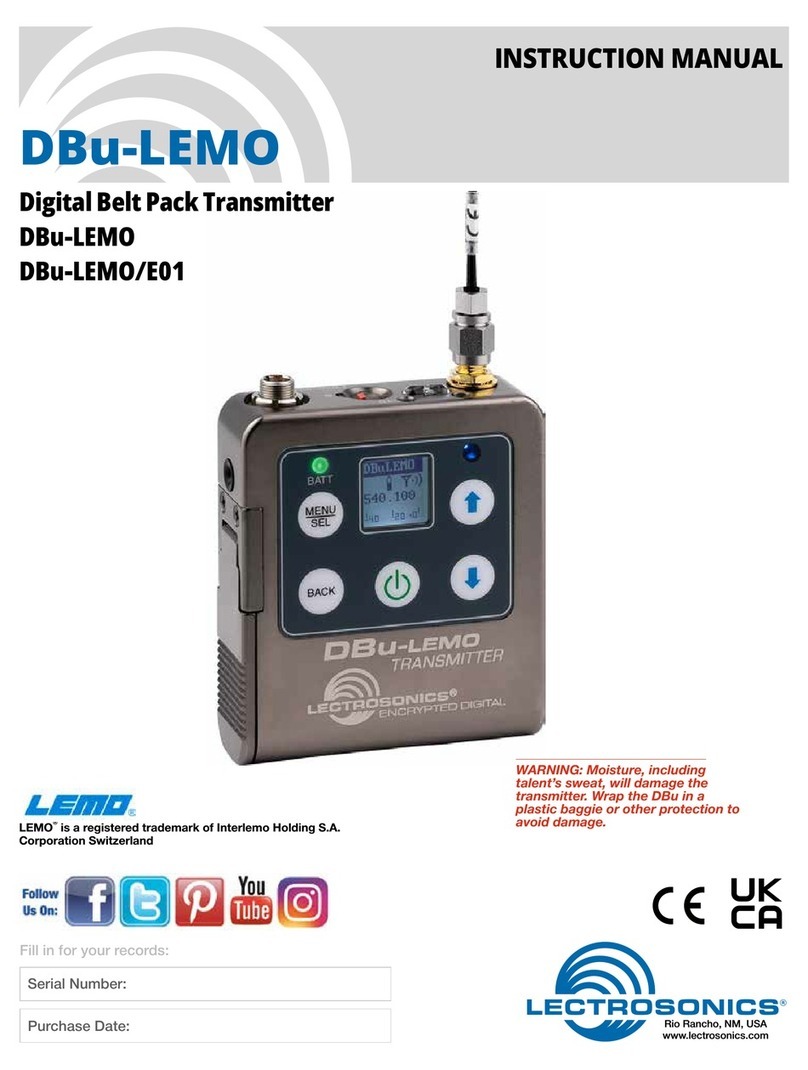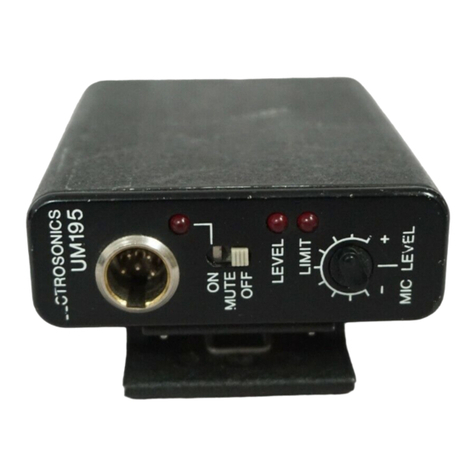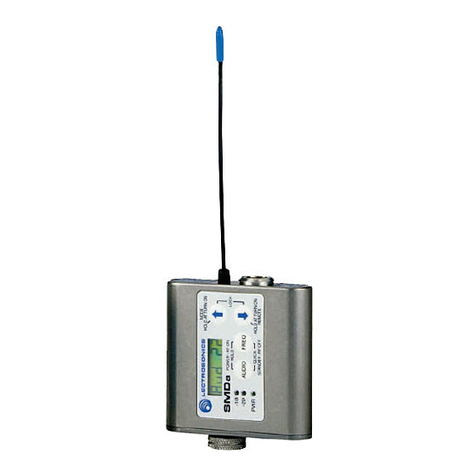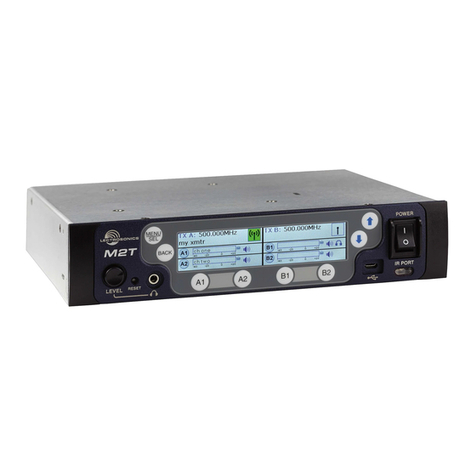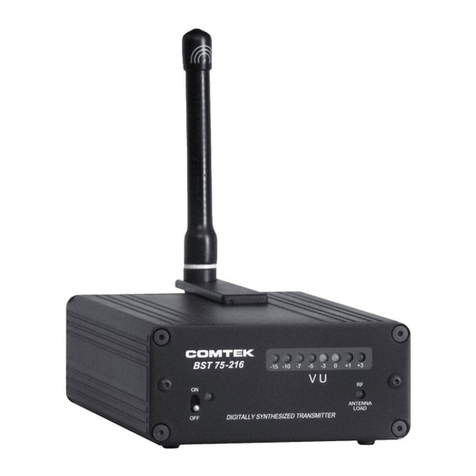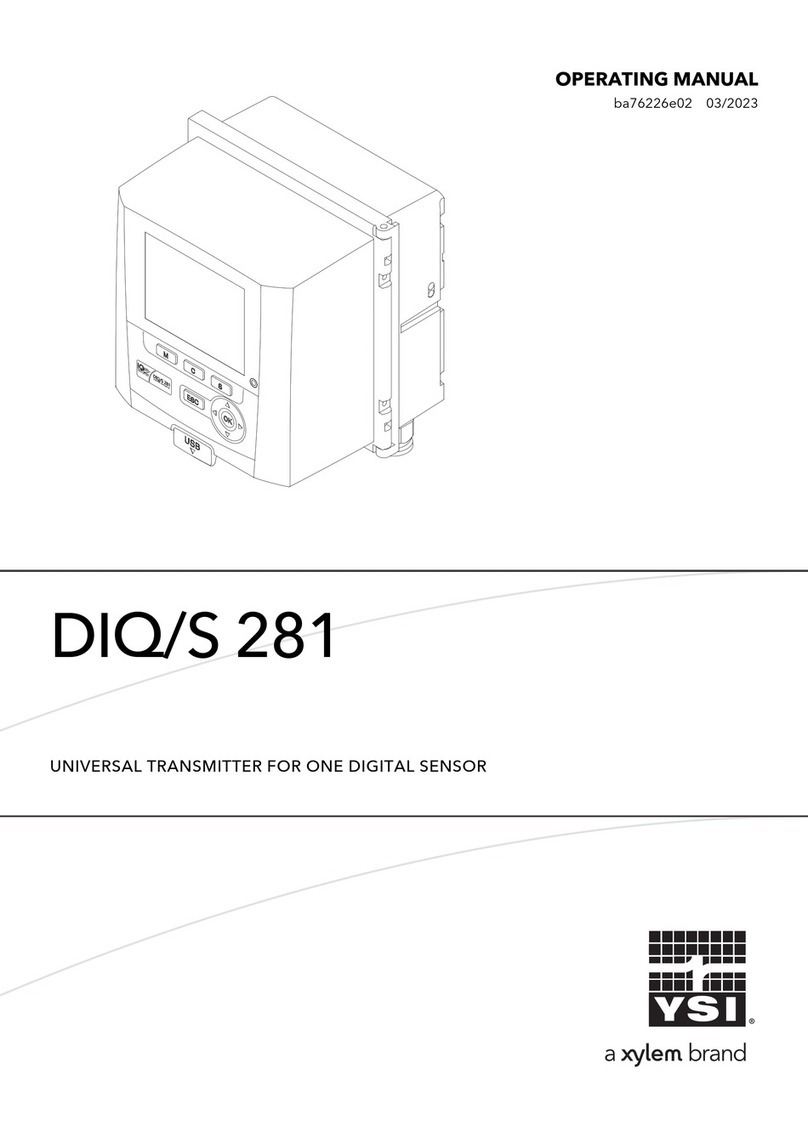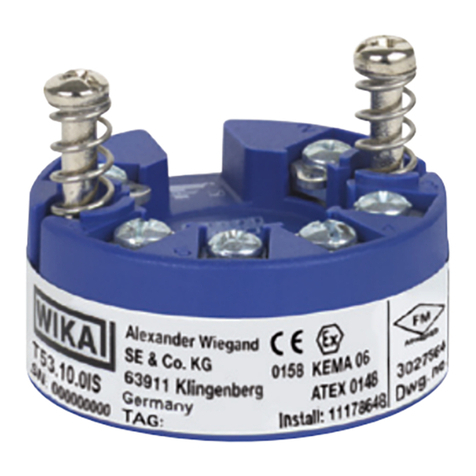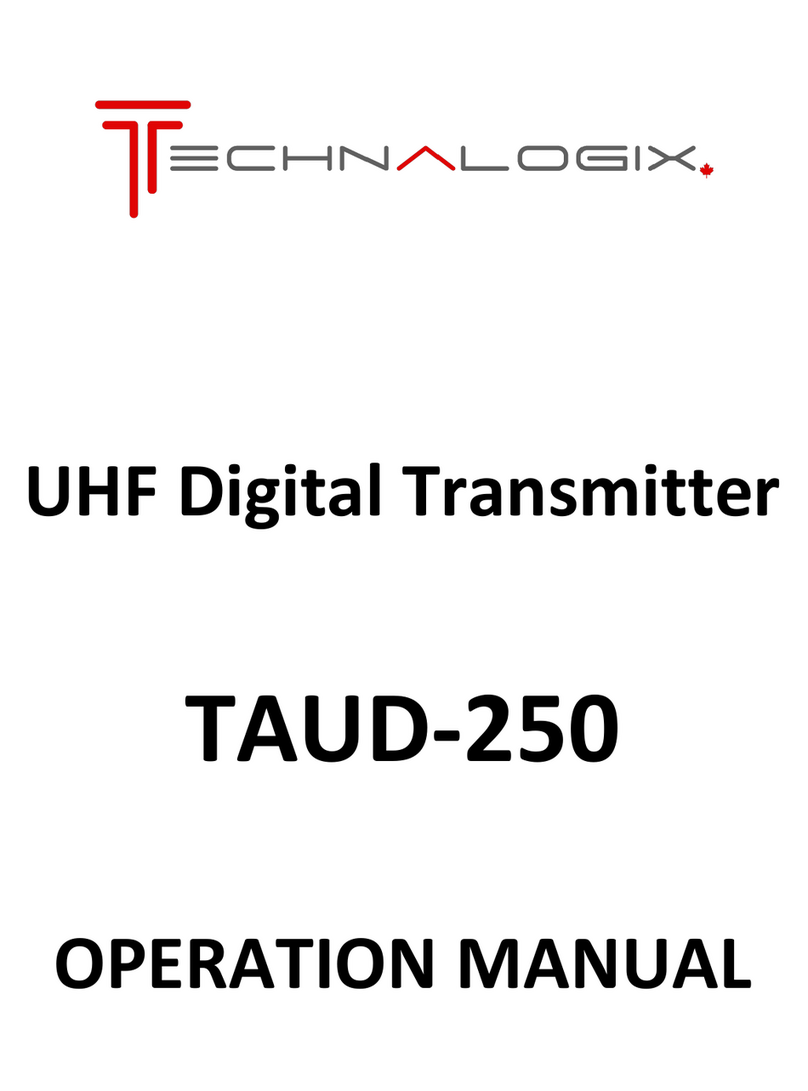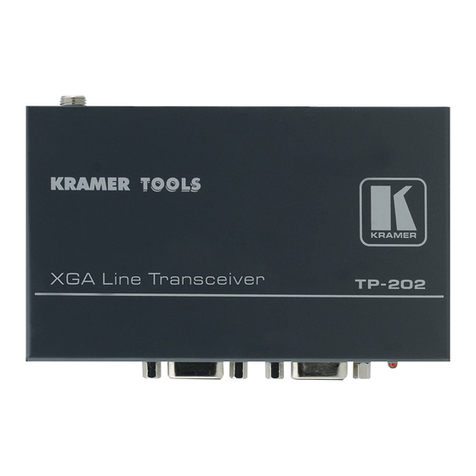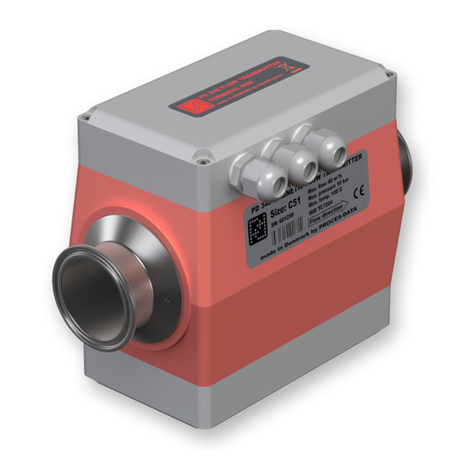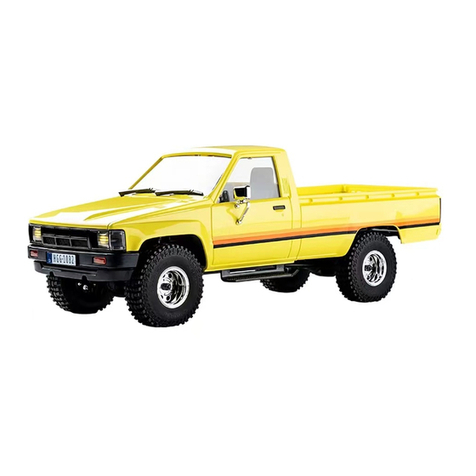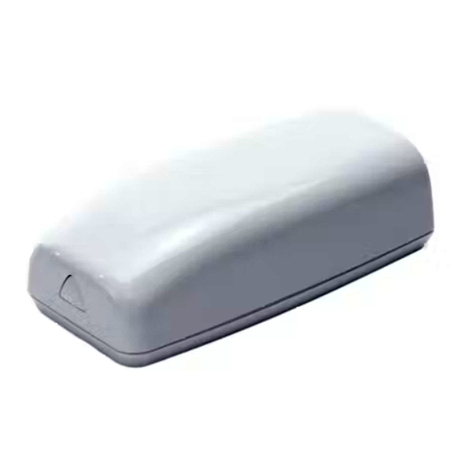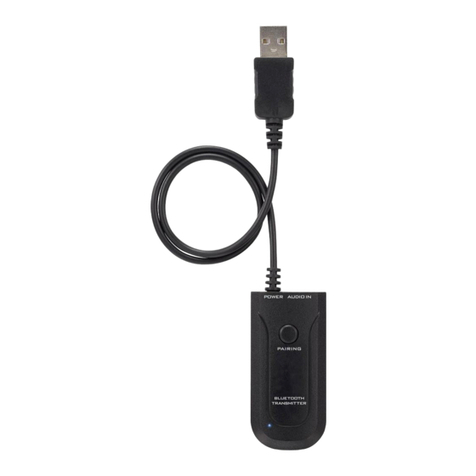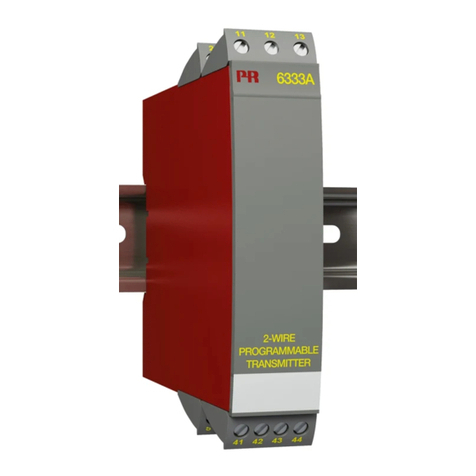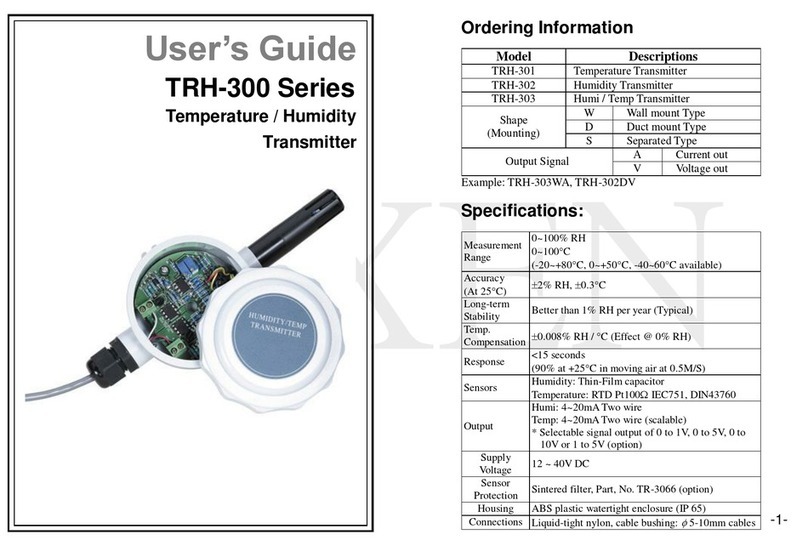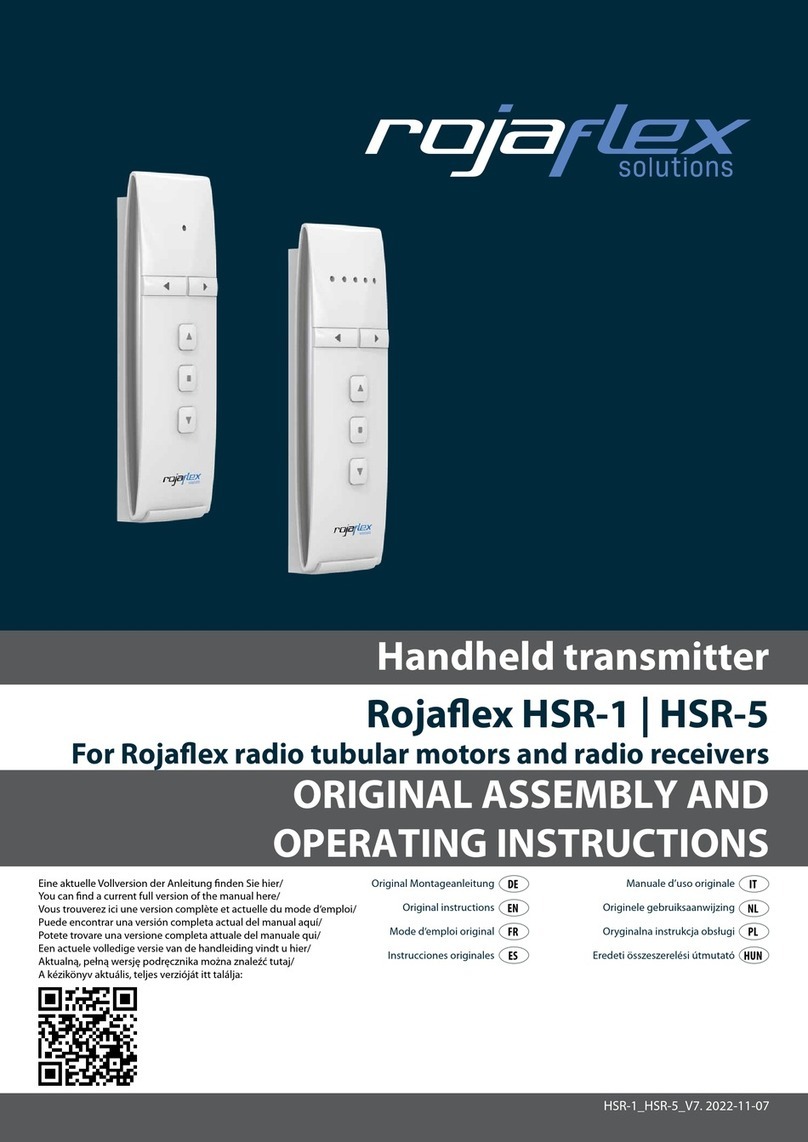
DHu
LECTROSONICS, INC.
14
Specifications
Frequency range: 470.100 - 607.975 MHz
Frequency selection steps: 25 kHz
RF Power output: Selectable; 25 or 50 mW
Frequency stability: ± 0.002%
Digital Modulation: 8 psk
Spurious radiation: Compliant with ETSI EN 300 422-1 v1.4.2
Operating temperature range: -20° C to +50° C
Input compressor: Dual envelope compressor, >30 dB range
Gain control range: 45 dB; semi-log menu-driven control; 1 dB steps
Modulation indicators: Dual bicolor LEDs indicate modulation
of -20, -10, 0 and +10 dB referenced to full
modulation and LCD bar-type indicator
Frequency response 40 Hz to 20 kHz (+/- 1dB)
Low frequency roll-off: Selectable -3 dB @35, 50, 70, 100, 120, 150 Hz
Controls:
External: Programmable mute/power button
Under battery cover: Power, menu/select, back, programmable switch
and up/down arrow buttons for menu selection
and settings
Battery: 2x AA with polarity protection and battery
ejector
Battery life: At 50 mW: 5 hours (Duracell Procell)
(The DHu transmits battery status to
Lectrosonics receivers.)
Capsule Interface: 1.25” opening and 28 thread pitch
Power available: 5V, 25 mA max
Input impedance: 1000 Ohms
Weight: 12.1 oz. with batteries and HHC capsule
Dimensions: 9.5” long x 1.97” diameter at largest point
Emission Designator: 200KG1E
Specifications subject to change without notice.
FCC Compliance:
This device complies with FCC radiation exposure
limits as set forth for an uncontrolled environment.
This device should be installed and operated so
that its antenna(s) are not co-located or operating
in conjunction with any other antenna or transmitter.
ISEDC Notices:
Per RSS-210
This device operates on a no-protection no-in-
terference basis. Should the user seek to obtain
protection from other radio services operating in
the same TV bands, a radio licence is required.
Please consult Industry Canada’s document
CPC-2-1-28, Optional Licensing for Low-Power
Radio Apparatus in the TV Bands, for details.
Ce dispositif fonctionne selon un régime de non-
brouillage et de non-protection. Si l’utilisateur
devait chercher à obtenir une certaine protection
contre d’autres services radio fonctionnant dans
les mêmes bandes de télévision, une licence
radio serait requise. Pour en savoir plus, veuillez
consulter le document CPC-2-1-28 d’Industrie
Canada intitulé, Délivrance de licences sur une
base volontaire pour les appareils radio de faible
puissance exempts de licence et exploités dans
les bandes de télévision.
Per RSS-Gen
This device complies with Industry Canada’s
license-exempt RSSs. Operation is subject to the
following two conditions:
1) This device may not cause interference
2) This device must accept any interference, in-
cluding interference that may cause undesired
operation of the device.
Le présent appareil est conforme aux CNR
d’Industrie Canada applicables aux appareils
radio ex¬empts de licence. L’exploitation est
autorisée aux deux conditions suivantes :
1) l’appareil ne doit pas produire de brouillage;
2) l’appareil doit accepter tout brouillage ra-
dioélectrique subi, même si le brouillage
est susceptible d’en compromettre le fonc-
tionnement.
ISED Notice to the End User:
The normal condition of using this device is to keep
the hand at least 20mm away from the base of the
microphone.
La condition normale d’utilisation de cet appareil
est de garder la main à au moins 20 mm de la
base du microphone.
FCC Notice to the End User:
The normal condition of using this device is to keep
the hand at least 20mm away from the base of the
microphone.
















